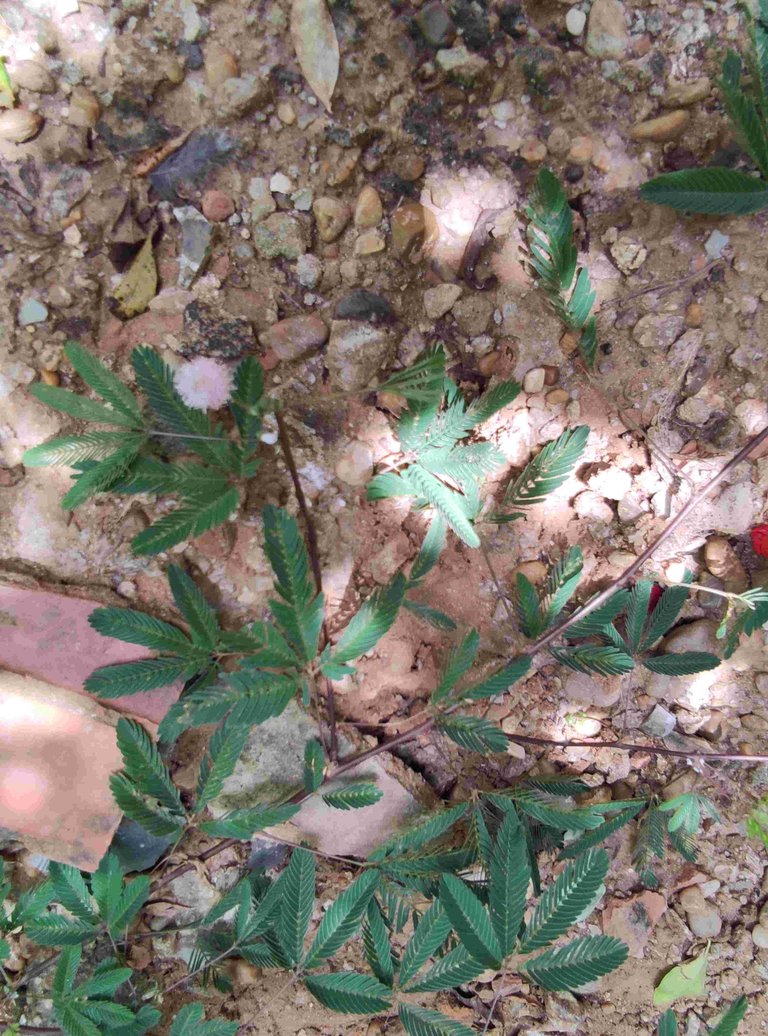
Buenos días, tardes o noches. Ya estamos casi finalizando el año 2024, un año convulsionado para muchos, diferente, diría yo. Hoy es el último domingo del 2024, y aquí vamos, con esperanza en que el mundo sea mucho más feliz en el 2025. Hoy les traigo una planta, que puede pasar desapercibida, ya que es pequeña, delicada, incluso tímida, y es la hermosa Mimosa pudica, conocida coloquialmente como dormidera, no me toques, sensitiva, dormilona, ten vergüenza, vergonzosa, adormidera, moríviví, es una planta nativa de las zonas tropicales de América, aunque actualmente se encuentra distribuida por otros continentes.
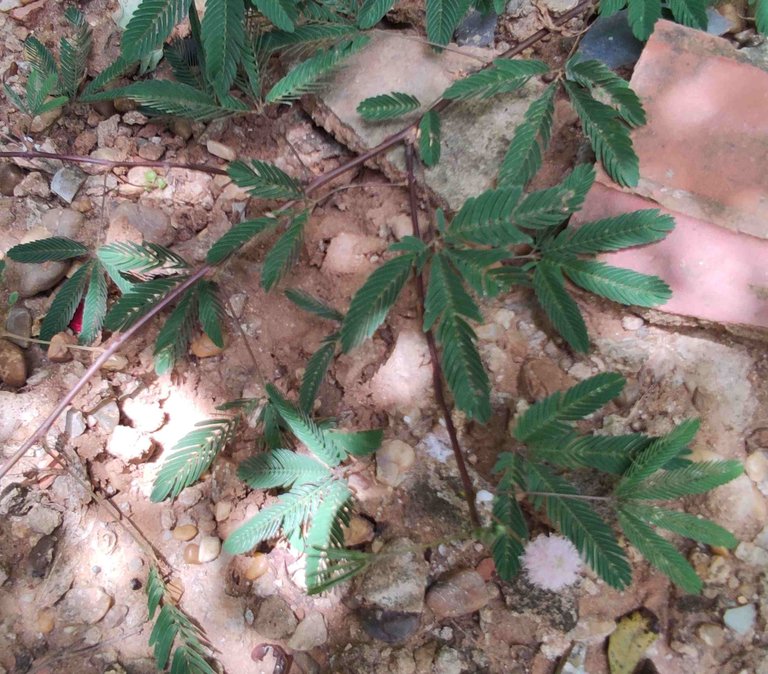

Si observan bien, esta planta podría pensarse que es rastrera, pero realmente es un pequeño arbusto, con tallo y ramas delicados, pequeñas y numerosas hojitas opuestas. Las florecillas son en forma de pompón, y son de color malva, muy pequeñas, con un diámetro de 2 cm aproximadamente. Se tiene registro que la planta alcanza al aire libre un máximo de 1.50 mt de alto, y en macetas puede llegar a medir 50 cm de alto. Es una planta que prefiere la semisombra, será por ese motivo que este ejemplar que muestro en fotos se secó, pues estaba muy expuesto a la luz solar, (estas fotos las tomé hace un mes aproximadamente).
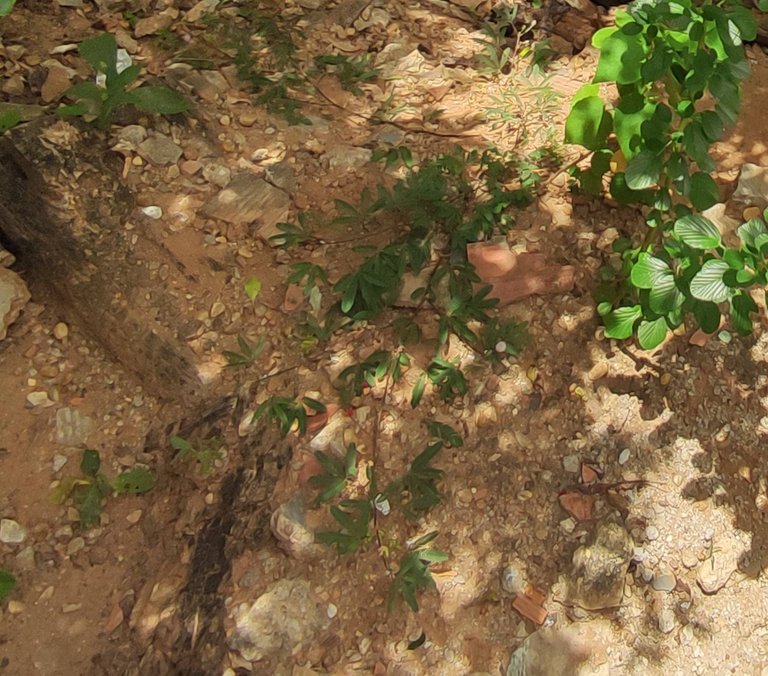

El rasgo más notable de esta pequeña plantita, es que retrae las hojas al ser tocadas. Estos movimientos se denominan: Movimientos tigmonásticos, que se producen debido a la variación del contenido hídrico en las hojas (ósmosis). En palabras simples, al ser tocada, la planta extrae el agua que tiene dentro de sus hojas, y se retrae o “duerme”. Pasado un tiempo, la planta vuelve a la normalidad. Este rasgo le hace inconfundible con plantas similares. En la noche también la planta se retrae por la ausencia de luz solar, y estos movimientos se denominan nictinásticos.
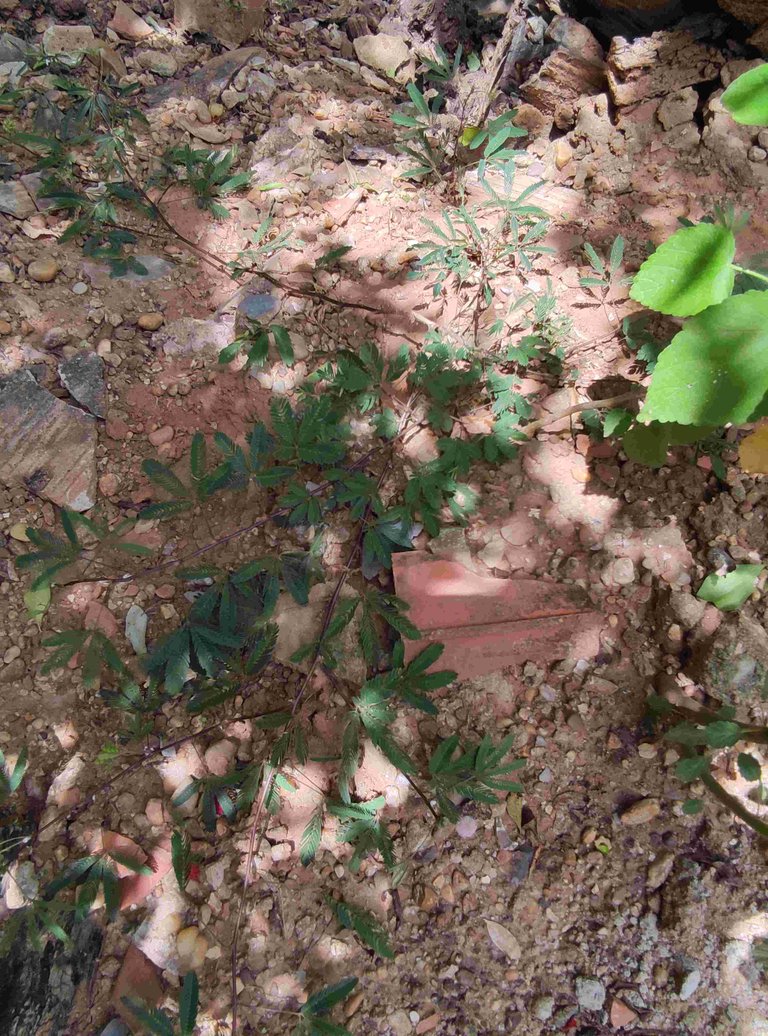

- Antidepressant, sedative and sleeping effect: This interests me, since it is very difficult for me to fall asleep and I do not like taking psychotropics, as they create dependency. In fact, there is a variety related to this plant, whose scientific name is Mimosa tenuiflora , which has an entheogenic effect, and is even part of the jurema mixture, which is a sacred drink for some Brazilian ethnicities. I also found information that Mimosa tenuiflora is part of the composition of ayahuasca, another ritual drink. The Mimosa tenuiflora in my country is known as cují, and it is a large tree.
- Mimosa pudica has various pharmacological properties: Antioxidant, antibacterial, antifungal, anti-inflammatory, hepatoprotective, antinociceptive (pain reduction), anticonvulsant, antidepressant, antidiarrheal, hypolipidemic, diuretic, antiparasitic, antimalarial and hypoglycemic.
- It is used for the treatment of various ailments such as: Hair loss (I'm also interested), diarrhea, dysentery, and various urinary infections.
- The roots serve as an antidote for Snake bite (I don't know what specific species) and against scorpion bites (stems and leaves).
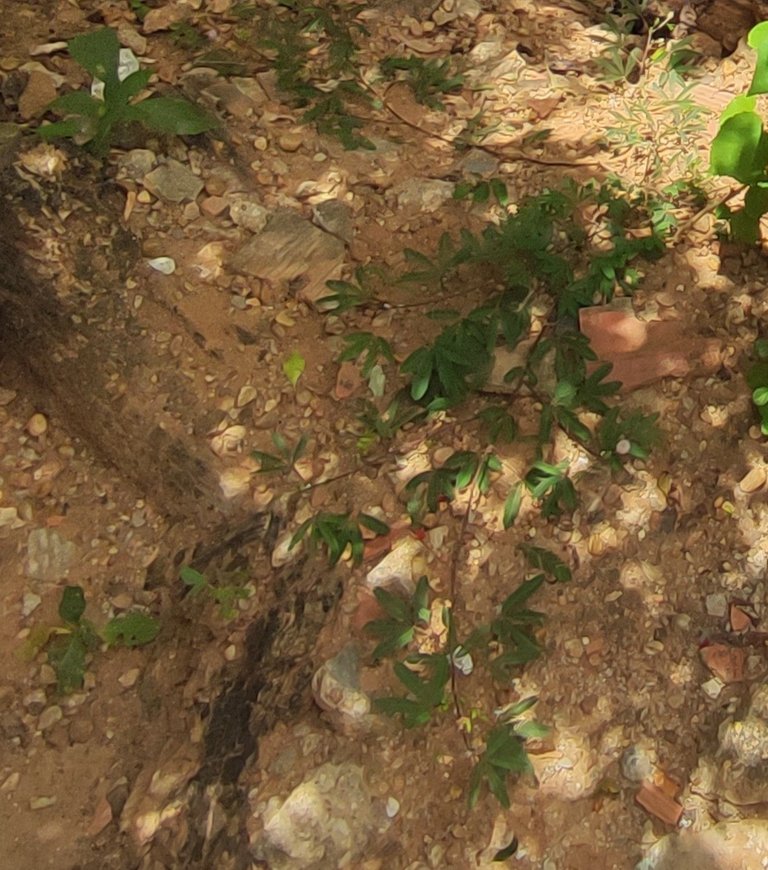
Hablar de esta planta requiere varios posts, pues tiene muchísimas propiedades, que yo francamente desconocía; así que en éste hablo de forma general sobre la Mimosa pudica, pero creo que experimentaré con esta pequeña joya de la naturaleza, pues tiene una cantidad impresionante de propiedades y usos. De acuerdo a la bibliografía que consulté, de la cual pueden encontrar los enlaces al final de este post; la dormidera, tiene las siguientes propiedades:
- Efecto antidepresivo, sedante y somnífero: Esto me interesa, ya que me cuesta mucho conciliar el sueño y no me gusta tomar psicotrópicos, pues crean dependencia. De hecho, hay una variedad emparentada con esta planta, cuyo nombre científico es Mimosa tenuiflora , que tiene un efecto enteógeno, e incluso, forma parte de la mezcla de la jurema, que es una bebida sagrada para algunas etnias brasileñas. También encontré información que la Mimosa tenuiflora forma parte de la composición de la ayahuasca, otra bebida ritual. La Mimosa tenuiflora en mi país se conoce como cují, y es un árbol grande.
- Mimosa pudica tiene diversas propiedades farmacológicas: Antioxidantes, antibacterianas, antifúngicas, antiinflamatorias, hepatoprotectoras, antinociceptivas (disminución del dolor), anticonvulsivas, antidepresivas, antidiarreicas, hipolipidémicas, diuréticas, antiparasitarias, antipalúdicas e hipoglucémicas.
- Se utiliza para el tratamiento de diversas dolencias como: Pérdida del cabello (me interesa también), la diarrea, la disentería, y varias infecciones urinarias.
- Las raíces sirven como antídoto para La mordedura de serpientes (no sé qué especies específicas) y contra la picadura de alacrán (tallos y hojas).

Como pueden ver, la dormidera es una planta tiene muchas potencialidades, que son desconocidas por muchas personas, así que es una planta poderosa, benéfica, y en mi opinión, sagrada, que merece ser conocida, respetada, protegida, cultivada y usada con conciencia.

Aquí termino mi post de hoy, en el que les he compartido las imágenes de una planta increíble, que sin duda rescataré y resguardaré, y que obviamente formará parte del pequeño ecosistema de mi solar. Me despido de ustedes, deseándoles mucha salud y bienestar y recuerden: No todos los días son iguales y más importante aún: Todo lo que das, todo lo que haces, inexorablemente volverá a ti. ¡Abrazos!


- Nube de Monte: Mimosa pudica. La dormilona, una planta que aprende y recuerda This is a excelent article / Este artículo está excelente

Todo el contenido, (excepto los separadores de texto) es de mi propiedad y está sujeto a derechos de autor // All content (except text dividers) is my property and is subject to copyright.




Delegations welcome!

This post has been shared on Reddit by @sirenahippie through the HivePosh initiative.
Me causaba curiosidad cuando era pequeño, había muchas por los campos cercanos a la casa 🏡 y nos entreteníamos con ellas. Saludos ...
Es una planta muy común, pero muy valiosa. Es una ilustre desconocida.
Gracias por la visita. ¡Feliz Año!